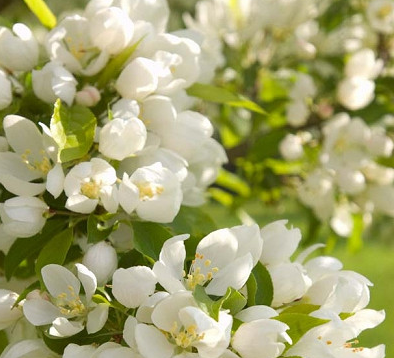The Brisbane box tree is an aesthetically pleasing, sophisticated, and well-mannered Eucalyptus tree. The Brisbane Box tree, native to Australia, is a kind of tree that is similar to Eucalyptus and is highly regarded for its ability to provide shade. The broad, shady canopy that develops on mature trees makes them perfect for use as shade trees in public spaces or residential yards.
Brisbane Box tree is also known as Lophostemon confertus in botanical terminology. The name of the genus, Lophostemon, is derived from the Greek words lophos, which means "crest," and stemon, which means "stamen," and it relates to the crested stamens that are seen in the flowers. The specific name confertus, which means "dense," refers to foliage density.
Brisbane Box Tree Pros and Cons
Homeowners adore how the beautiful, oval, glossy leaves of this tree offer a comforting shade. Its cinnamon-brown, smooth bark is another attractive feature of this tree. The outer layer of bark is peeled off to reveal a more appealing, lighter bark underneath.

Brisbane boxes are wonderful, low-maintenance, evergreen trees that thrive in the Mediterranean environment and are excellent choices for planting as street trees, lawn specimens, park trees, or screens. This kind of medium-sized tree is hardy and adaptable. The plant survives high temperatures, heavy air pollution, and many different kinds of soil. They are also highly drought-resistant once established. They need only a little bit of water to survive. They grow in full sun, therefore they are mostly planted in full sun. It also possesses the ability to withstand pests and disease.
Younger trees are more prone to damage from frost, therefore it is important to provide some protection for them throughout the winter. Chlorosis is one of the Brisbane Box's most serious issues. It is a condition in which a tree fails to produce enough chlorophyll, the pigment responsible for giving leaves their green color.
Brisbane Box Tree Pruning
Southern California and several places in Australia, especially those with humid conditions are favorable for this tree. Irrigation is often reduced after a tree's roots become established in the landscape. Pruning the tips of young trees is recommended to encourage denser growth. When a tree is allowed to become infected with a disease or when its structure is permitted to become weak due to unchecked growth, it is often necessary to cut down major branches or the tree as a whole. A tree's aesthetics often suffer once a major branch is cut off, and in extreme cases, people are forced to choose between reinforcing the tree's structure or cutting it down entirely.
Brisbane Box Tree Root System
Brisbane Box Tree Root System Brisbane Box trees have an interesting and complex root system. The roots are relatively shallow, but they extend laterally far beyond the dripline of the tree. In fact, the roots can extend up to three times the width of the tree's canopy. This lateral root spread helps to anchor the tree, preventing it from being uprooted by strong winds. The roots also help to absorb water and nutrients from the soil. Brisbane Box trees are adapted to survive in dry conditions, and their shallow roots make them less susceptible to drought stress than other trees. However, this shallow root system can also be a liability. The roots are easily damaged by lawnmowers and other garden equipment, and they are also vulnerable to compaction from foot traffic. As a result, Brisbane Box trees should be planted in areas where they will not be disturbed.
Brisbane Box Tree Problems
Chlorosis is the primary problem with Brisbane boxes. It is a condition in which the tree fails to produce enough chlorophyll, the pigment responsible for the green color of the leaves. Chlorosis is caused by a variety of factors, including inadequate soil drainage, injured roots, and nutrient inadequacy. Mulching and tilling the soil are suggested solutions if the issue is at the root level. Chlorosis caused by nutrient insufficiency is treated by spraying the leaves, trunk, or soil with a water-soluble fertilizer solution.








0 Comments
For comments please reply here.......